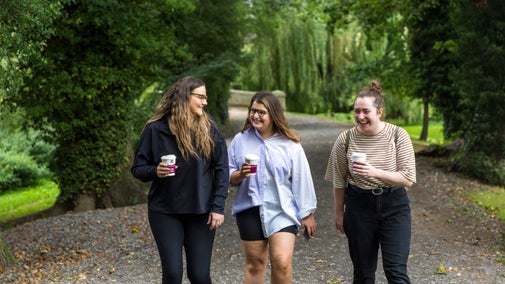Looking after the herd
The ranger team keep a close eye on the herd throughout the year. From inspections and condition checks to grassland management, our team carefully manage the herd to conserve it for future generations.
All of the woodland management we provide in the Deer Park helps care for their habitat, while the deer manage the grassland in return. We take biosecurity seriously, which means we take steps to prevent diseases being brought into the park.
An important part of maintaining a healthy herd is to manage its size. Deer are naturally very fertile and, without any predators, can grow to such a size that they cause harm to themselves and their environment. We maintain the herd by humanely culling a proportion of it.
As a visitor, you can help conserve the Deer Park by keeping to the paths, giving deer their space, and keeping your dog on a lead at all times.








